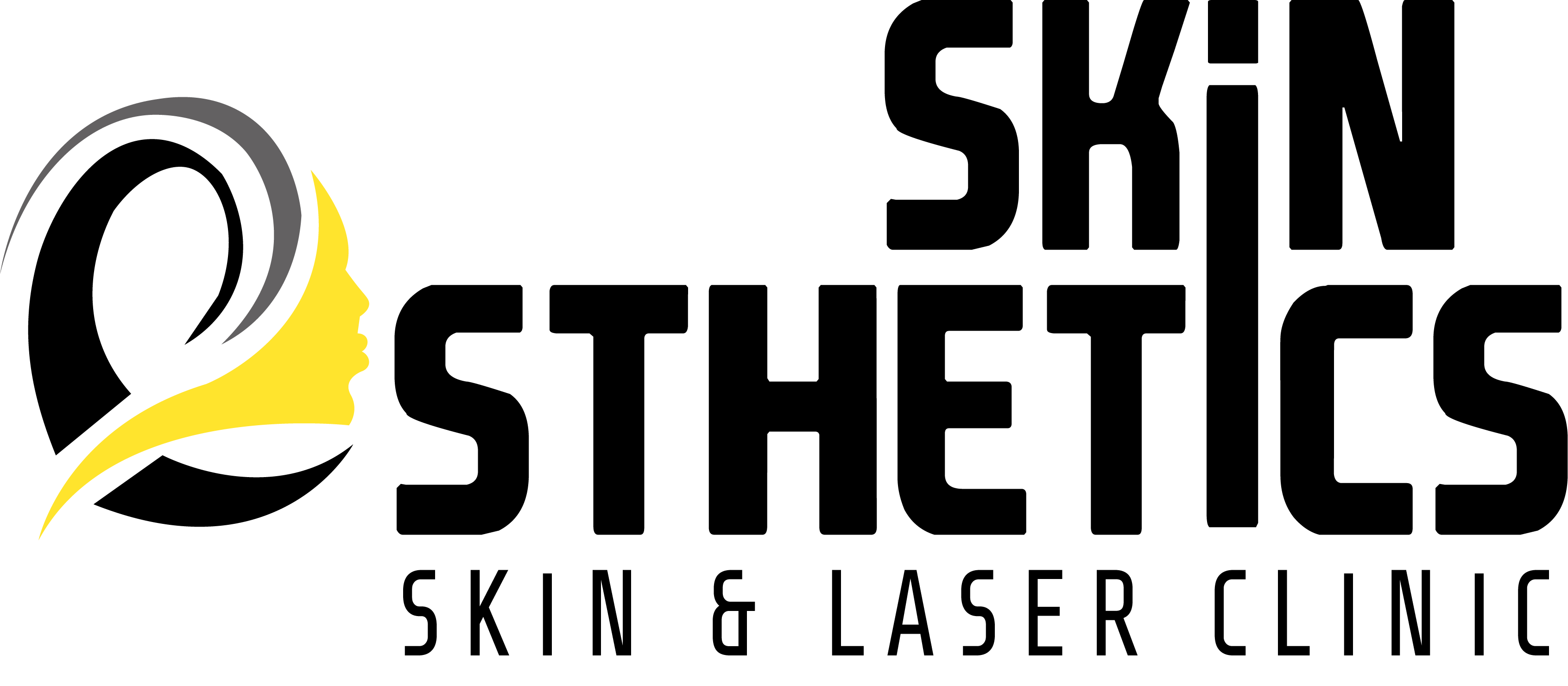Hidradenitis suppurativa (HS) is a painful, long-term skin condition that causes skin abscesses and scarring on the skin.
The exact cause of hidradenitis suppurativa is unknown, but it occurs near hair follicles where there are sweat glands, usually around the groin, bottom, breasts and armpits.
For reasons that are unknown, more women than men have the condition. It’s thought to affect about 1 in 100 people.
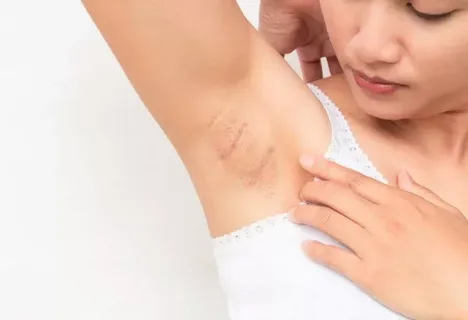
Symptoms
The symptoms of hidradenitis suppurativa range from mild to severe.
It causes a mixture of boil-like lumps, blackheads, cysts, scarring and channels in the skin that leak pus.
The condition tends to start with blackheads, spots filled with pus and firm pea-sized lumps that develop in one place. The lumps will either disappear or rupture and leak pus after a few hours or days.
New lumps will then often develop in an area nearby. If these are not controlled with medicine, larger lumps may develop and spread. Narrow channels called sinus tracts also form under the skin that break out on the surface and leak pus.
Hidradenitis suppurativa can be very painful. The lumps develop on the skin in the following areas:
It causes a mixture of boil-like lumps, blackheads, cysts, scarring and channels in the skin that leak pus.
The condition tends to start with blackheads, spots filled with pus and firm pea-sized lumps that develop in one place. The lumps will either disappear or rupture and leak pus after a few hours or days.
New lumps will then often develop in an area nearby. If these are not controlled with medicine, larger lumps may develop and spread. Narrow channels called sinus tracts also form under the skin that break out on the surface and leak pus.
Hidradenitis suppurativa can be very painful. The lumps develop on the skin in the following areas:
- around the groin and genitals
- in the armpits
- on the bottom and around the anus
- below the breasts
The lumps may also appear on the nape of the neck, waistband and inner thighs.
Some of the lumps may become infected with bacteria, causing a secondary infection that will need to be treated with antibiotics.
Many people with hidradenitis suppurativa also develop a pilonidal sinus, which is a small hole or “tunnel” in the skin at the top of the buttocks, where they divide (the cleft).
What causes hidradenitis suppurativa?
The exact cause of hidradenitis suppurativa is unknown, but it’s believed to result from blocked hair follicles. Smoking and obesity are strongly associated with the condition and can exacerbate symptoms. The condition often begins around puberty, suggesting a possible link to sex hormones. Many individuals with hidradenitis suppurativa also experience acne and excessive hair growth. In rare cases, it may be connected to Crohn’s disease, particularly when it develops in the groin area. The condition can run in families, affecting about one in three cases, but it’s not infectious and not related to poor hygiene.
Diagnosing hidradenitis suppurativa
Diagnosing hidradenitis suppurativa can be challenging, as there is no definitive test. A GP will typically examine the affected skin areas and may take a swab of an infected area to rule out other conditions. Notably, hidradenitis suppurativa is not usually associated with bacteria that cause skin infections. Due to its similarities with acne and ingrown hairs, hidradenitis suppurativa can be mistaken for these conditions.
Treating hidradenitis suppurativa
Hidradenitis suppurativa is a chronic and recurring condition that can be challenging to manage. While symptoms may improve or subside with treatment, early recognition and diagnosis are crucial to prevent the condition from worsening. In its early stages, medication may be effective in controlling the condition, but in severe or persistent cases, surgery may be necessary.
Antibiotics
For painful, inflamed, and infected lumps, a short course of antibiotics may be prescribed for 1-2 weeks if a bacterial infection is present. Alternatively, low-dose antibiotics may be used long-term, typically for at least 3 months, to reduce inflammation and prevent lump formation. Antibiotics can be administered topically or orally, with common types including lymecycline, doxycycline, and erythromycin. In severe cases, a combination of clindamycin and rifampicin may be effective.
Antiseptics
Antiseptic washes, such as 4% chlorhexidine, applied daily to affected areas are often prescribed alongside other treatments.
Retinoids
Retinoids, such as acitretin, are vitamin-A based medicines that help some people with hidradenitis suppurativa.
Retinoids are always prescribed by dermatologists. They must be used with caution and cannot be taken during pregnancy. It’s also important to avoid getting pregnant for 3 years after stopping treatment, so they’re not usually prescribed if there’s a chance you could get pregnant.
Contraceptives
If hidradenitis suppurativa flares up before a period you may benefit from taking oral contraceptives.
Immunosuppressive treatments
In severe cases of hidradenitis suppurativa, treatments that suppress the immune system, such as adalimumab or infliximab, can be useful.
However, there are risks associated with suppressing the immune system, so they are usually only prescribed by a dermatologist if other treatments do not work.
Immunosuppressive treatments such as infliximab and adalimumab are given by injection or infusion at regular intervals, either at home or in hospital.
Steroids
Rarely, you may be prescribed steroids, such as prednisolone, to reduce severely inflamed skin. Steroids can be taken as skin creams or tablets, or you may have an injection directly into affected skin.
Possible side effects of steroids include weight gain, poor sleep and mood swings.
Read more about steroid creams (topical corticosteroids), steroid tablets and steroid injections.
Surgery
Surgery may be considered in cases where hidradenitis suppurativa cannot be controlled with medicine.

Lifestyle advice
If you have hidradenitis suppurativa, there are several self-care measures you can take to help manage the condition. These include losing weight if overweight, quitting smoking, and using antiseptic skin washes or soaps. Applying a warm flannel to the affected area can also help encourage pus drainage. Additionally, wearing loose-fitting clothes, avoiding shaving affected skin, and maintaining good hygiene practices can help alleviate symptoms.
Book Your Appointment With Us!
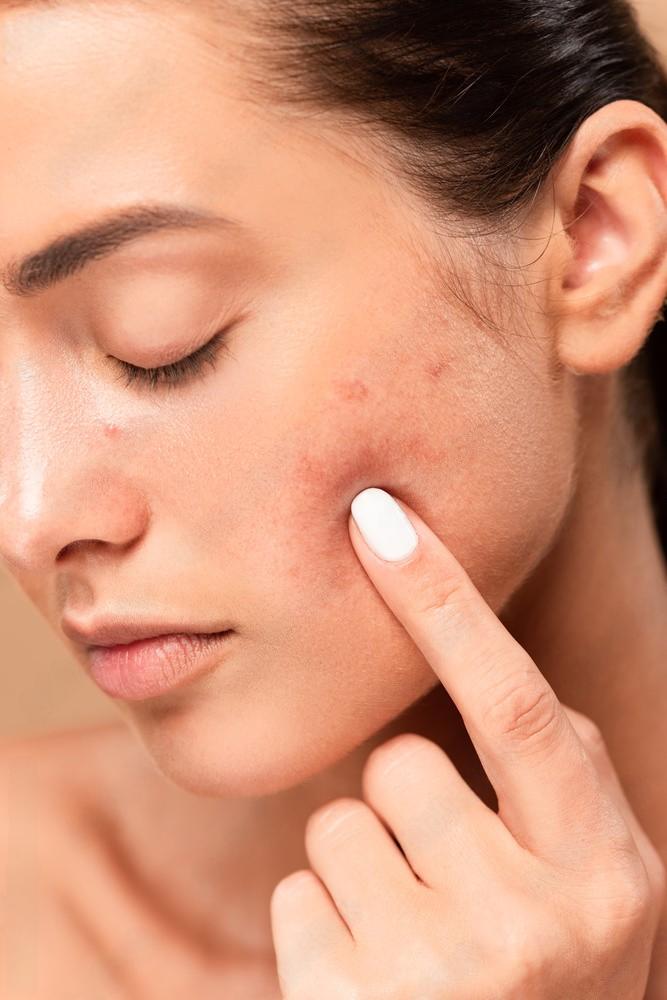
Understanding Acne: Causes, Treatments, and Prevention
September 24, 2024

Summer Skincare Tips: How to Beat the Heat
September 24, 2024
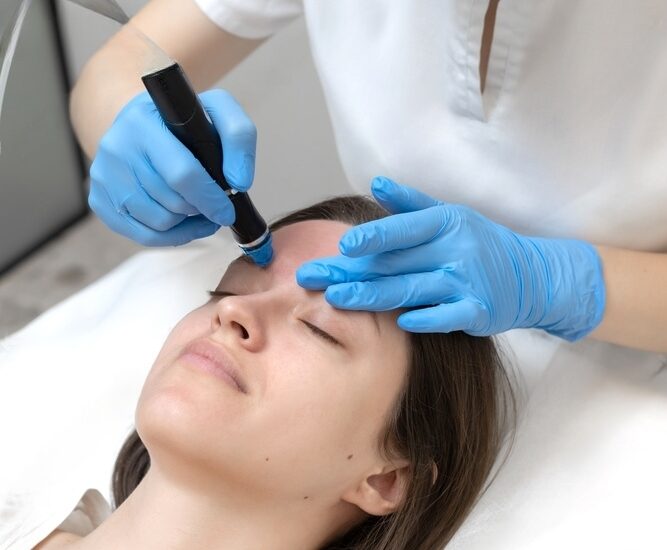
Hydrafacial for Acne-Prone Skin
September 24, 2024
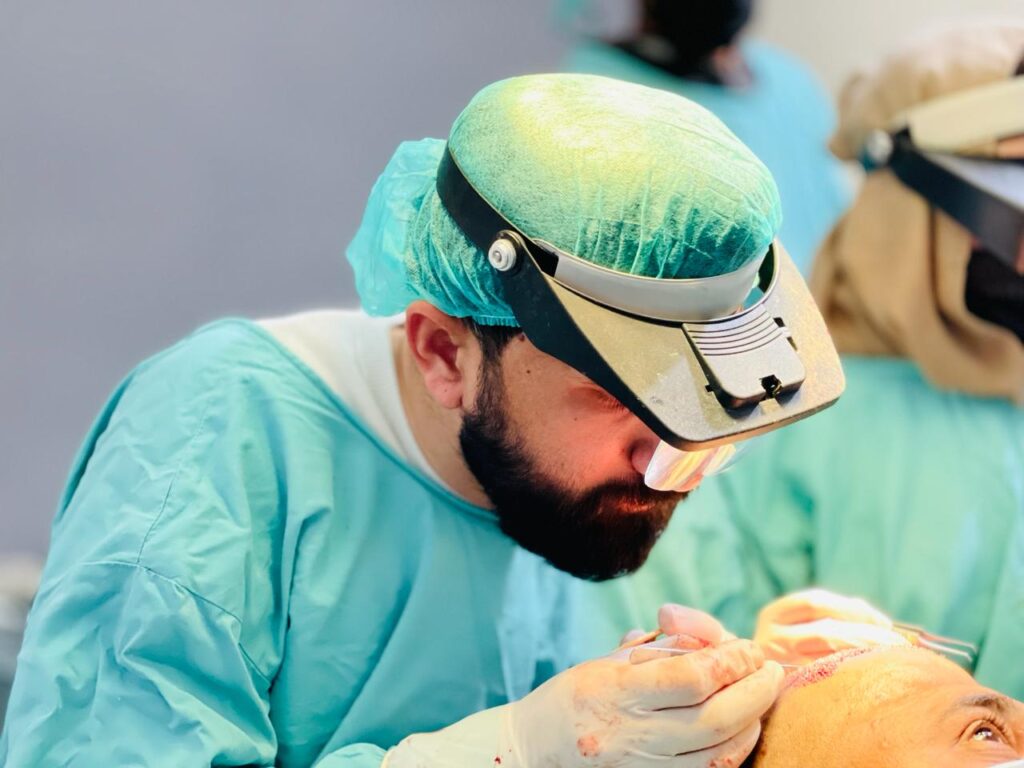
Hair Transplant Techniques: FUE vs. FUT Explained
September 24, 2024

Understanding Alopecia: Types, Causes, and Treatment Options
September 24, 2024

Hydrafacial: The Ultimate Treatment for Healthy, Glowing Skin
September 24, 2024
The Importance of Regular Skin Check-Ups: Why Dr. Abbas Shah Recommends Them
September 24, 2024

Acne Treatment
September 24, 2024
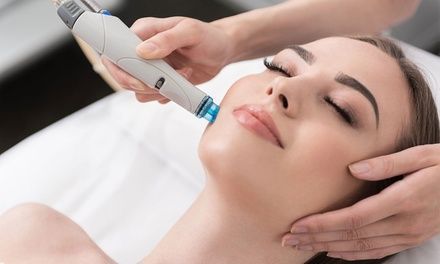
Hydra Facial
September 24, 2024
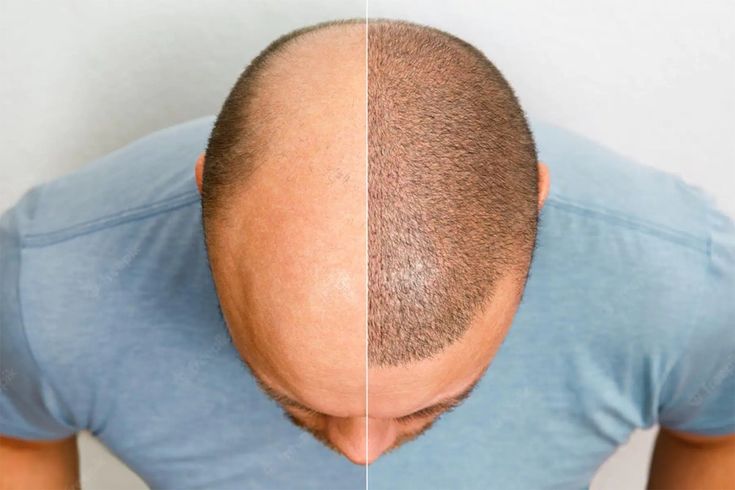
Micro Hair Transplant
September 24, 2024
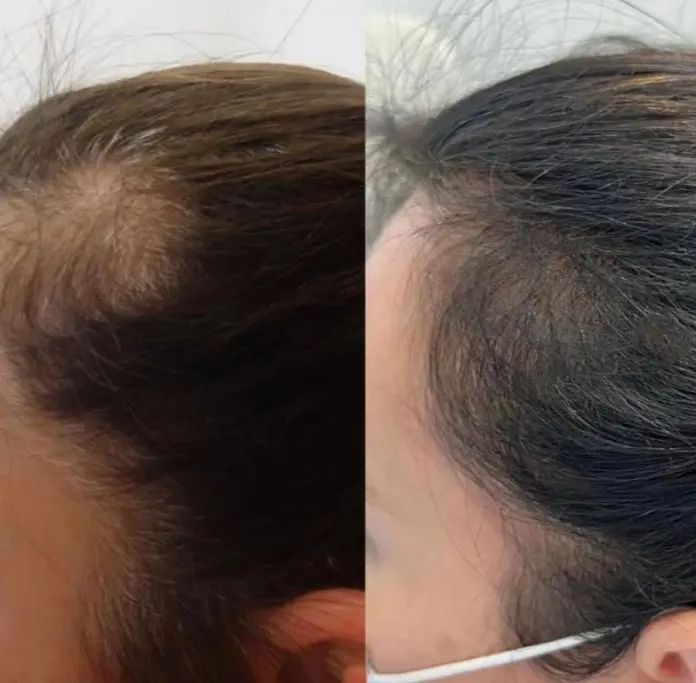
Alopecia
September 24, 2024
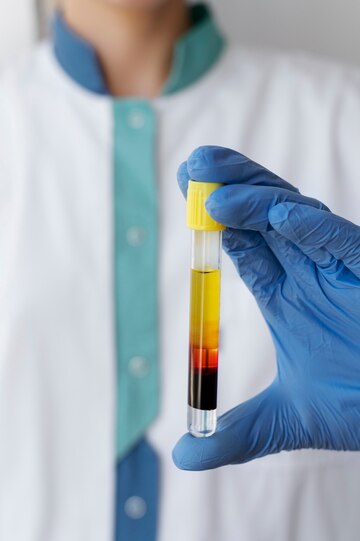
PRP Therapy
September 23, 2024
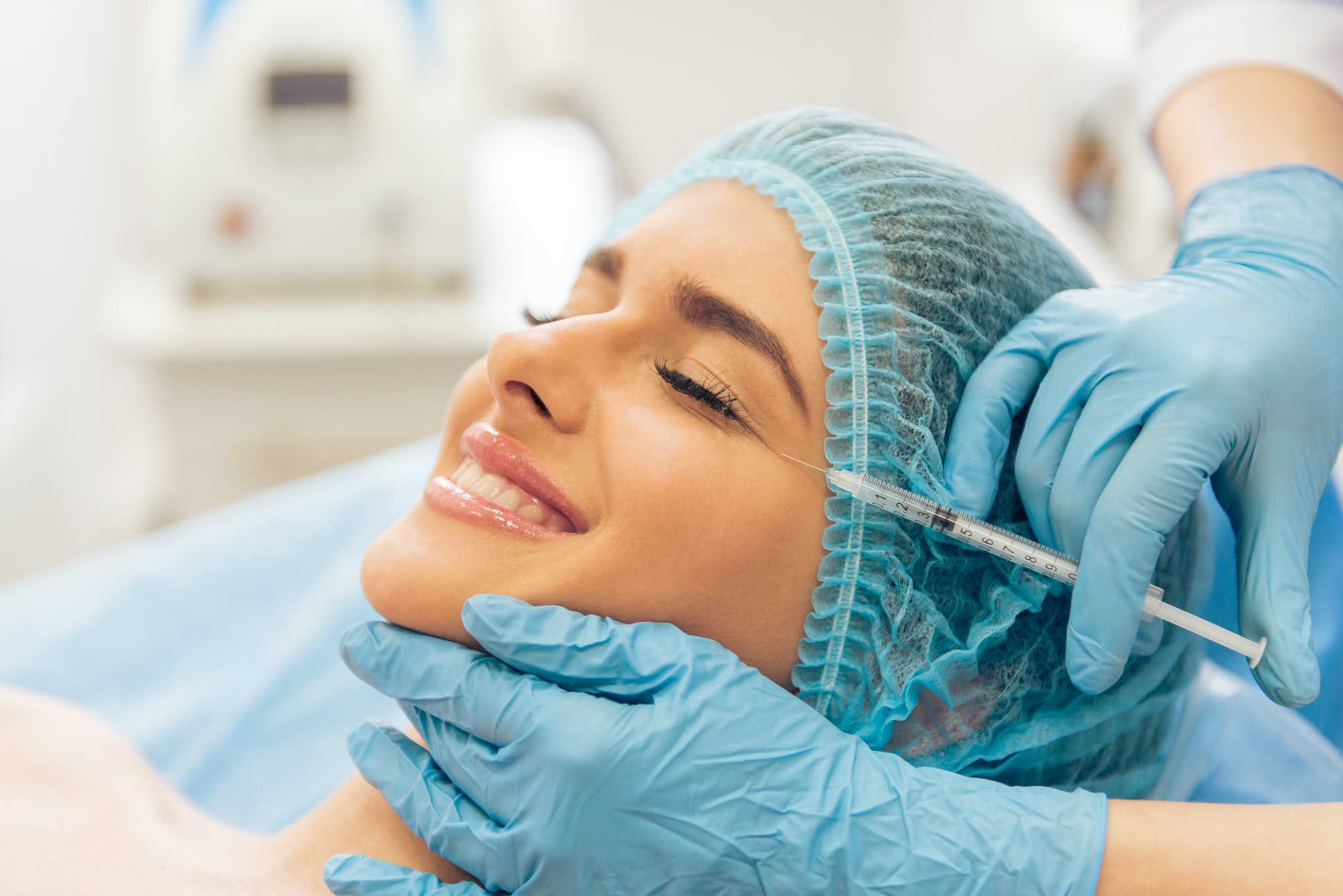
Botox
September 22, 2024
